Home>Ideas and Tips>Basement Gym Flooring Options for Durable Exercise Surfaces
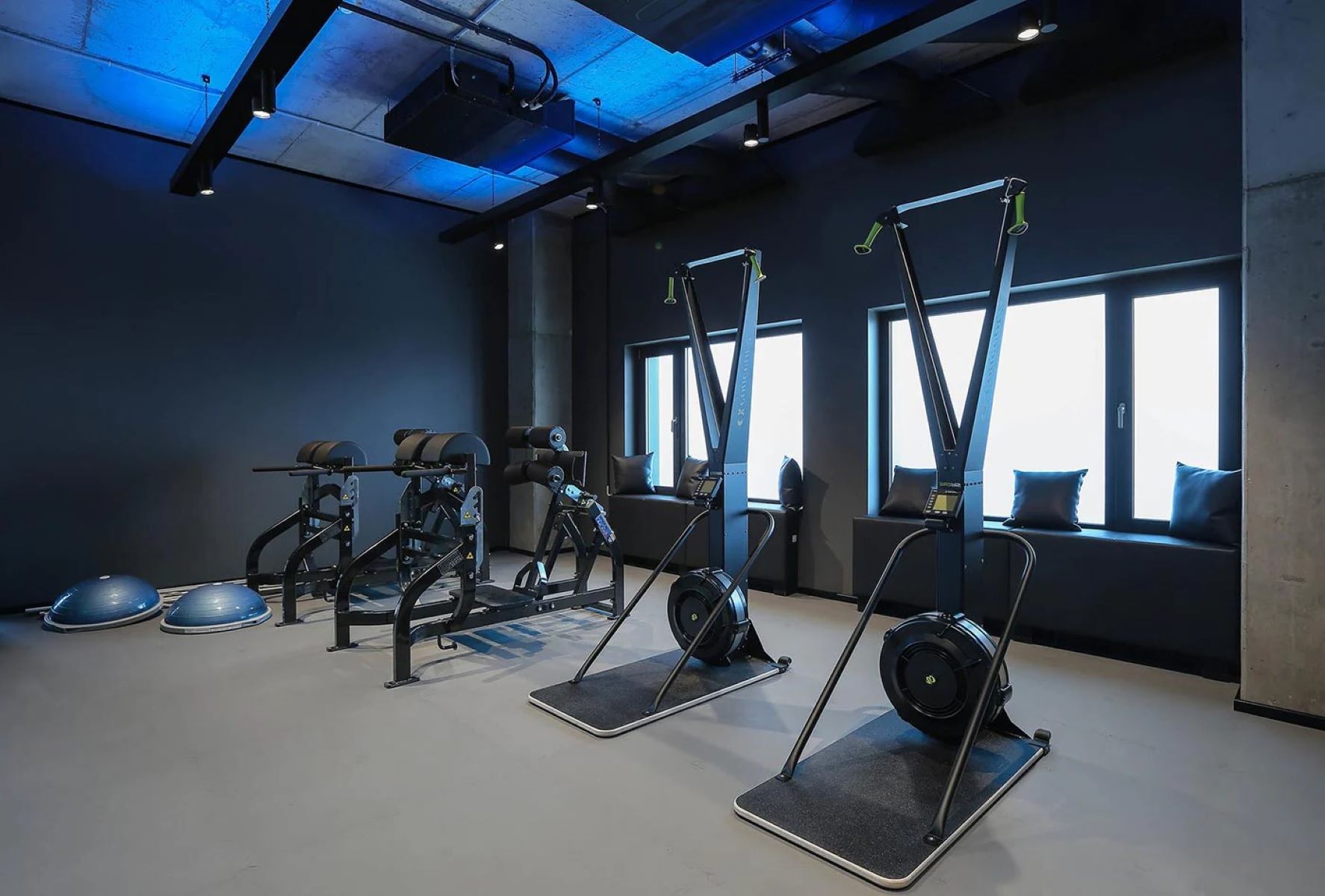

Ideas and Tips
Basement Gym Flooring Options for Durable Exercise Surfaces
Published: September 22, 2024
Discover the best basement gym flooring options for durability, safety, and aesthetics. Create a perfect workout space with our expert guide.
(Many of the links in this article redirect to a specific reviewed product. Your purchase of these products through affiliate links helps to generate commission for Storables.com, at no extra cost. Learn more)
Creating a home gym in your basement is an excellent way to stay fit and healthy without leaving the comfort of your own home. However, setting up a gym space requires careful consideration of the flooring, as it directly impacts the safety and durability of your equipment and workout area. In this article, we will explore the best basement gym flooring options, focusing on durability, safety, and practicality.
Importance of Proper Flooring
Before diving into the various types of flooring available, it's crucial to understand why proper flooring is essential for a home gym. Here are some key reasons:
- Safety: The right flooring can prevent injuries by providing a non-slip surface and adequate shock absorption. This is particularly important for high-intensity workouts that involve heavy weights or equipment.
- Durability: Gym flooring needs to withstand the wear and tear of frequent use, including the impact of dropped weights and the movement of heavy equipment.
- Maintenance: Easy-to-clean flooring is vital for maintaining hygiene in a workout space where sweat and other substances can accumulate.
- Aesthetics: The appearance of your gym floor can also play a role in motivation. A well-designed floor can enhance the overall look of your workout space.
Types of Basement Gym Flooring
1. Rubber Fitness Tiles
Rubber fitness tiles are one of the most popular choices for home gyms due to their durability and shock-absorbing properties. These tiles are available in various thicknesses, ranging from 9mm to 40mm, making them suitable for different types of workouts.
Pros:
- Durability: Rubber tiles can handle hardcore weight training and heavy equipment without showing signs of wear.
- Shock Absorption: They provide excellent shock absorption, reducing the impact on joints and floors.
- Non-Slip Surface: The textured surface of rubber tiles ensures a non-slip surface, even when wet.
- Easy Maintenance: Rubber tiles are easy to clean and maintain, making them a practical choice for busy gym owners.
Cons:
- Cost: While not the cheapest option, rubber tiles offer long-term value due to their durability.
- Installation: Some users may find the installation process slightly more complex than other options.
2. Rubber Fitness Rolls
Rubber fitness rolls are similar to tiles but come in a roll format, making them ideal for larger spaces. These rolls can be easily laid over existing flooring surfaces like carpet or concrete, providing a seamless look.
Pros:
- Seamless Installation: Rolls offer a continuous surface that can be rolled out over large areas without seams.
- Durability: Like tiles, rolls provide excellent durability and shock absorption.
- Easy Installation: They are simple to install and require minimal effort.
Cons:
- Size Limitations: Rolls may not be suitable for very small spaces due to their size.
- Storage: When not in use, rolls can be bulky and difficult to store.
3. Interlocking Gym Tiles
Interlocking gym tiles are another versatile option that offers easy installation and customization. These tiles snap together to create a custom-fit floor for your home gym.
Pros:
- Custom Fit: Interlocking tiles allow you to create a floor that perfectly fits your space, even with irregular shapes.
- Easy Installation: The snap-together design makes installation straightforward and hassle-free.
- Variety of Colors and Styles: Available in various colors and styles, these tiles can enhance the aesthetic appeal of your gym.
Cons:
- Potential for Disconnection: If not properly aligned during installation, the tiles might come loose over time.
- Maintenance: While easy to clean, interlocking tiles may require occasional re-tightening to ensure they stay in place.
4. Vinyl Gym Flooring
Vinyl gym flooring is known for its simplicity and durability. It is easy to install and can withstand heavy wear and tear.
Pros:
- Easy Installation: Vinyl flooring is simple to install and requires minimal effort.
- Durability: It is durable enough to handle frequent use but may not offer the same level of shock absorption as rubber flooring.
- Affordability: Generally less expensive than rubber or interlocking tiles.
Cons:
- Shock Absorption: Vinyl flooring may not provide the same level of shock absorption as rubber, making it less ideal for high-impact activities.
- Noise: It can be more prone to noise compared to other materials like rubber or foam.
5. Foam Flooring
Foam flooring is a popular choice for those on a budget or looking for a softer surface. It is lightweight, easy to install, and provides excellent cushioning.
Pros:
- Affordability: Foam flooring is the least expensive option available.
- Cushioning: It offers excellent cushioning, making it ideal for bodyweight exercises and light workouts.
- Easy Installation: Foam tiles are simple to lay down and interlock easily.
- Safety for Kids: Foam tiles provide a safe surface for kids, absorbing the shock of falls.
Cons:
- Durability: Foam flooring is less durable than rubber or vinyl and may not withstand intense dumbbells or Olympic lifting.
- Water Resistance: Foam tiles are porous and can absorb liquids, making them slippery when wet.
- Maintenance: While easy to clean with a damp cloth, foam tiles may require more frequent cleaning due to their absorbent nature.
6. Artificial Turf
Artificial turf is an unconventional but effective option for home gyms. It adds a unique surface that can enhance athletic performance while reducing the risk of injury.
Pros:
- Unique Surface: Artificial turf provides a unique surface that can be beneficial for plyometrics and sport-specific training.
- Durability: It is built to withstand heavy-duty workouts and frequent use.
- Aesthetics: The natural green hue can inspire motivation and create an inviting workout environment.
Cons:
- Cost: Artificial turf is generally more expensive than other options.
- Abrasive Surface: It can be abrasive when doing floor work, which might be a drawback for some users.
Additional Considerations
Budget
When choosing the right flooring for your basement gym, budget is an essential factor. Here’s how different options stack up in terms of cost:
- Rubber Tiles/Rolls: Mid-range to high-end
- Interlocking Tiles: Mid-range
- Vinyl Flooring: Budget-friendly
- Foam Tiles: Budget-friendly
- Artificial Turf: High-end
Waterproof Options
Workout spaces tend to attract excess moisture, whether it’s from sweat or accidentally knocking over your water bottle. Waterproof flooring guards against moisture damage and makes the space easier to clean. Rubber and vinyl flooring are generally waterproof, while foam tiles are more prone to moisture issues.
Underlays
If you work out with free weights or do a lot of aerobic exercise, adding an underlayment beneath your gym flooring is highly recommended. This will offer added protection to the subflooring from dropped weights or excessive pounding from the bottoms of your feet.
Room Size and Shape
The shape and size of the room can create installation challenges. For smaller spaces or those with irregular shapes, interlocking tiles may be easier to fit into place. For larger square or rectangular rooms, roll flooring may install more quickly.
Activities and Foot Traffic
Depending on what type of exercises you typically do and how often you use the space, it may be a good idea to install thicker, more heavy-duty flooring. This can help protect the subflooring from excess wear and tear.
Acoustics and Insulation
Certain types of flooring substances amplify sound while others dampen it. If you have a small home or a townhouse with adjoining neighbors, consider a flooring material that reduces noise and possibly even add sound-barrier insulation to the walls and ceiling.
Conclusion
Choosing the right flooring for your basement gym is crucial for both safety and durability. Each type of flooring has its pros and cons, and understanding these will help you make an informed decision based on your specific needs and budget. Whether you opt for rubber tiles, interlocking tiles, vinyl flooring, foam tiles, or even artificial turf, ensuring that your floor provides adequate shock absorption, is non-slip when wet, and easy to maintain will make your home gym experience both enjoyable and safe.
By investing in durable exercise surfaces tailored to your workout routine, you'll not only protect your equipment but also enhance your overall fitness journey. Remember to consider factors like budget, waterproof options, underlays, room size and shape, activities and foot traffic, and acoustics when selecting the perfect flooring for your basement gym.
In conclusion, with the right flooring in place, you can create a safe and effective workout environment that supports your fitness goals while protecting your investment in both equipment and space.
Was this page helpful?
At Storables.com, we guarantee accurate and reliable information. Our content, validated by Expert Board Contributors, is crafted following stringent Editorial Policies. We're committed to providing you with well-researched, expert-backed insights for all your informational needs.
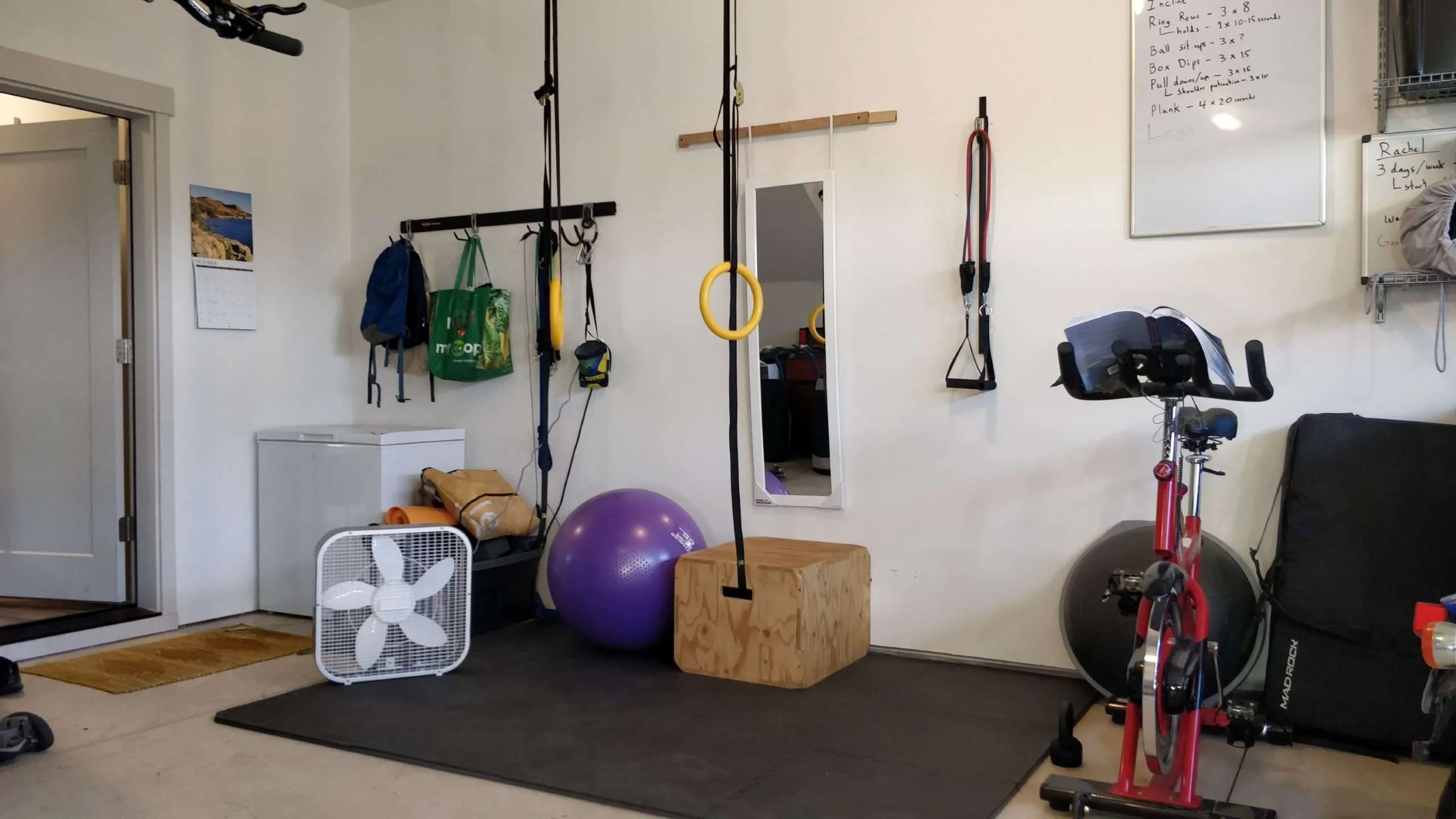
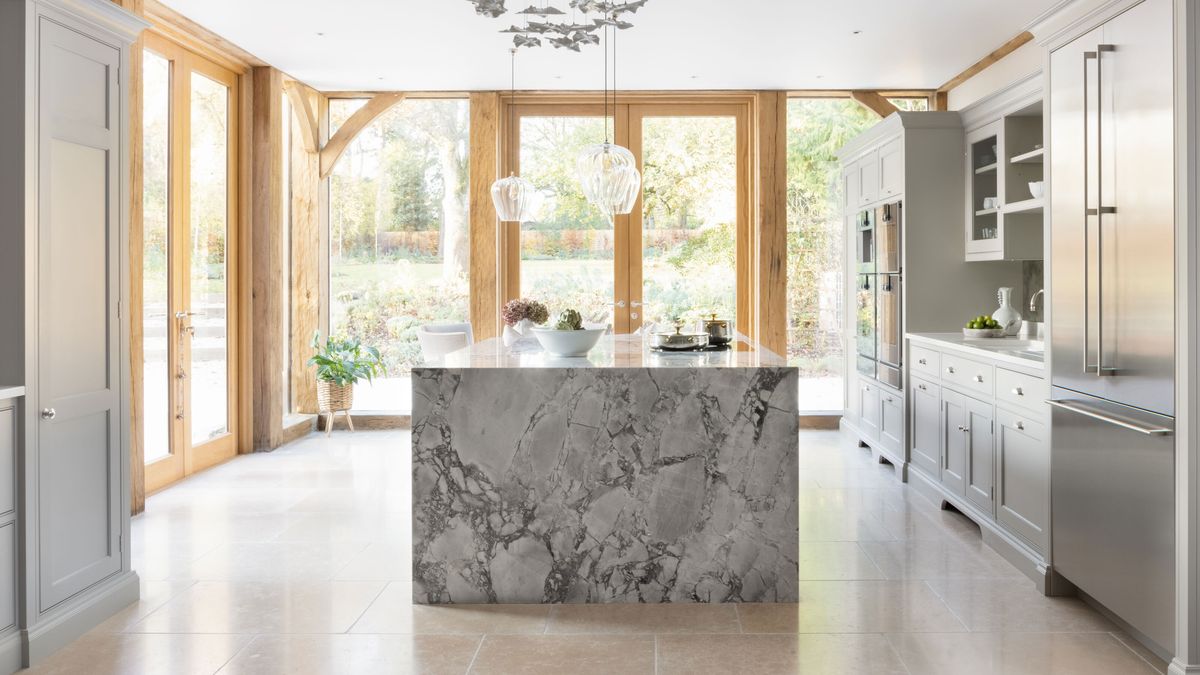
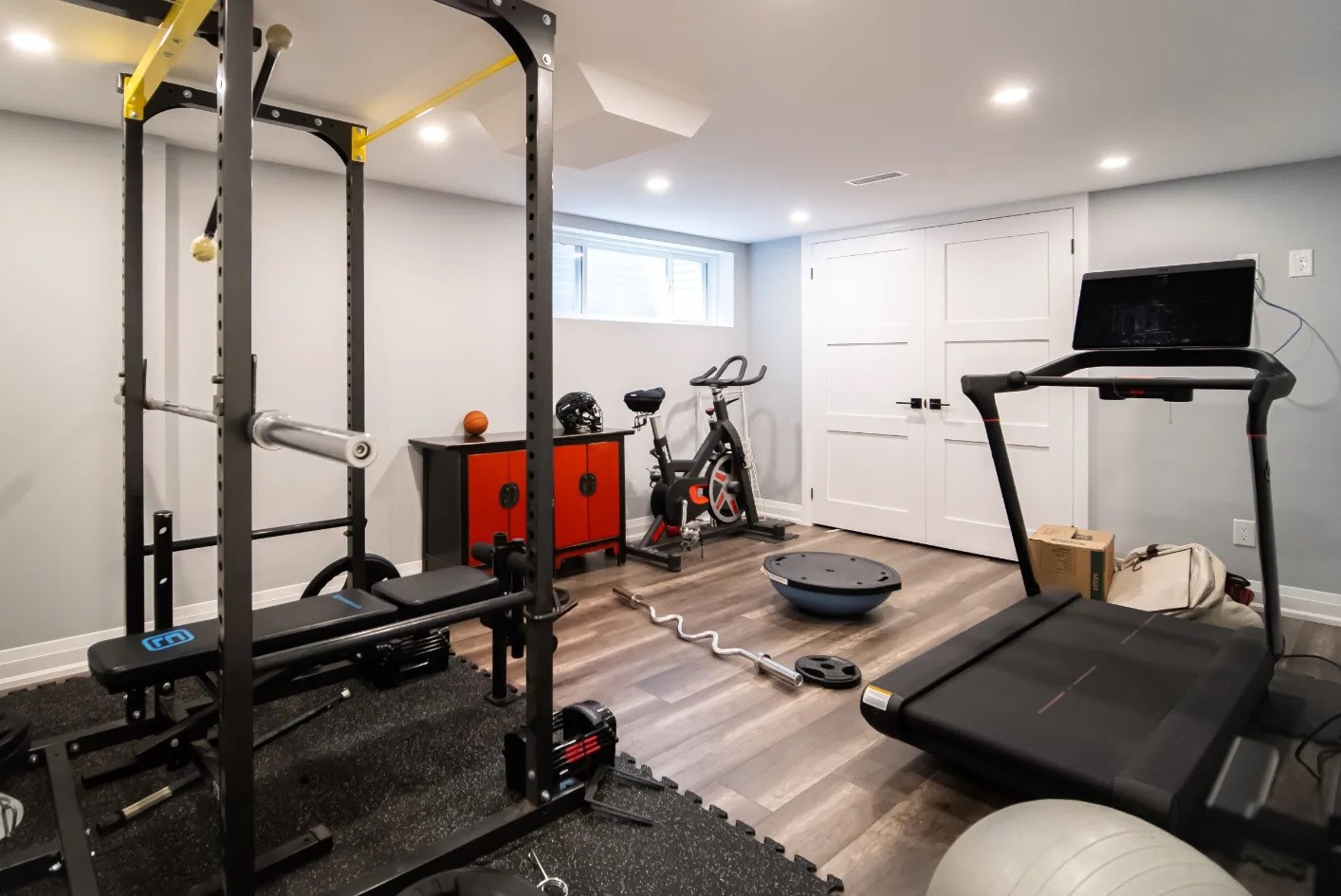
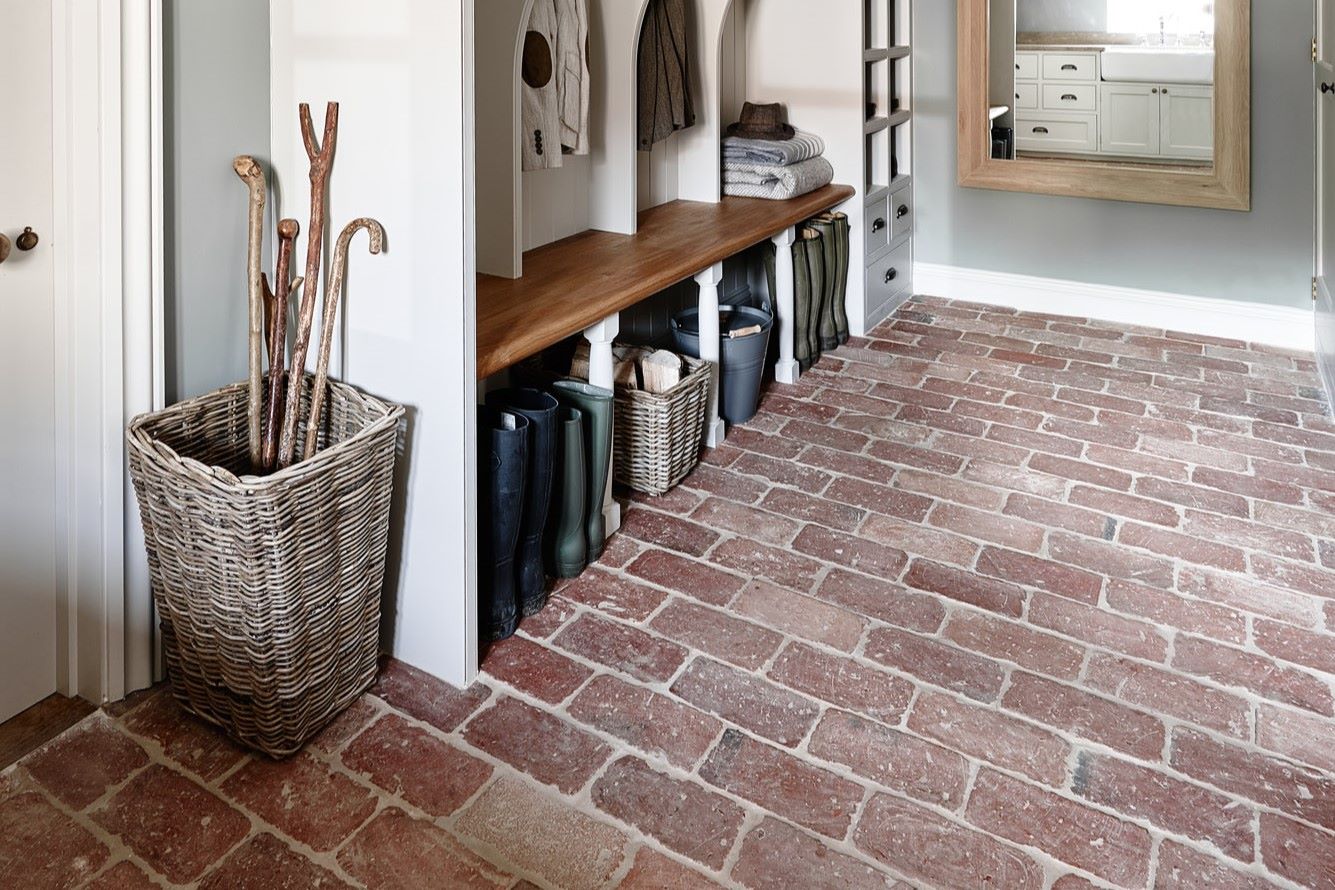
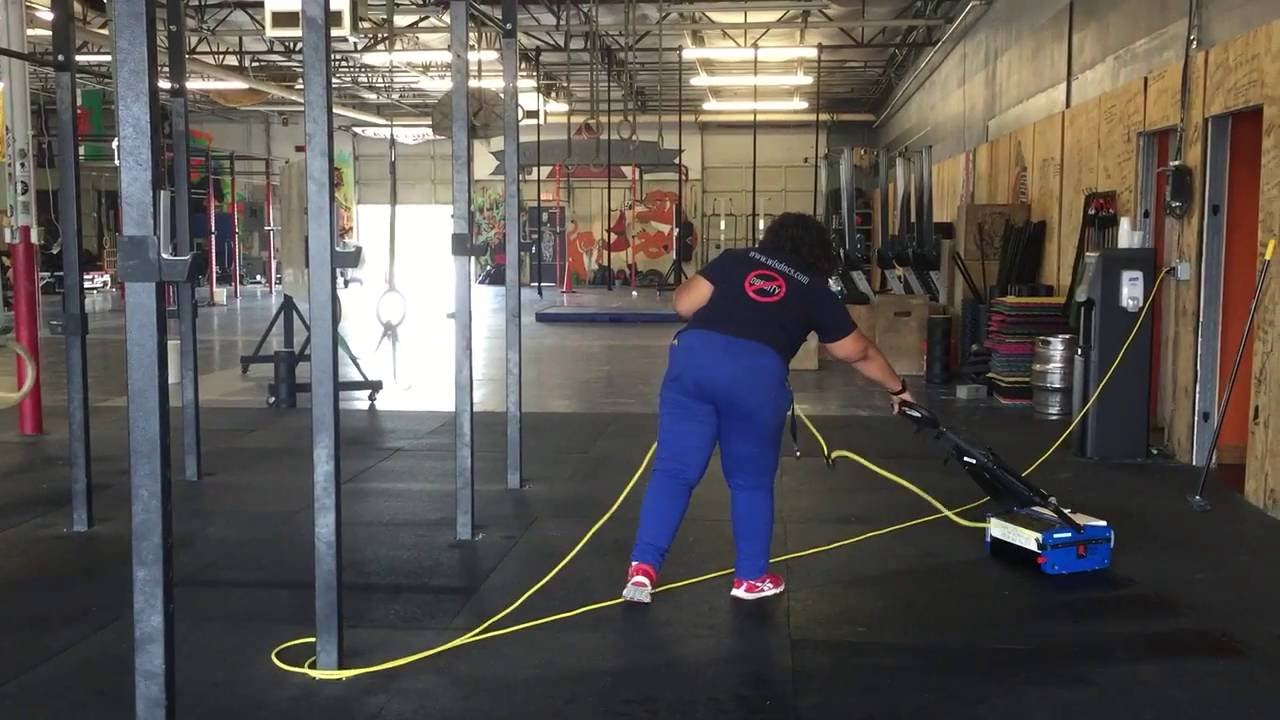
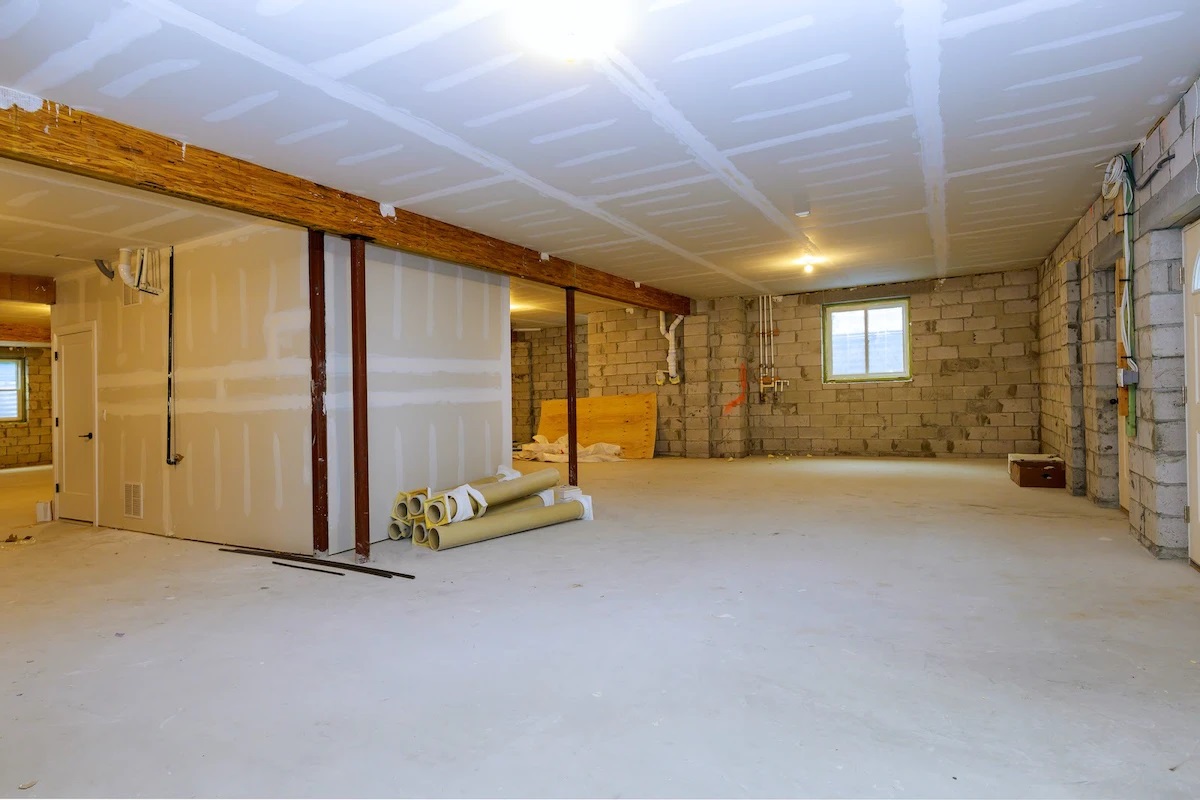
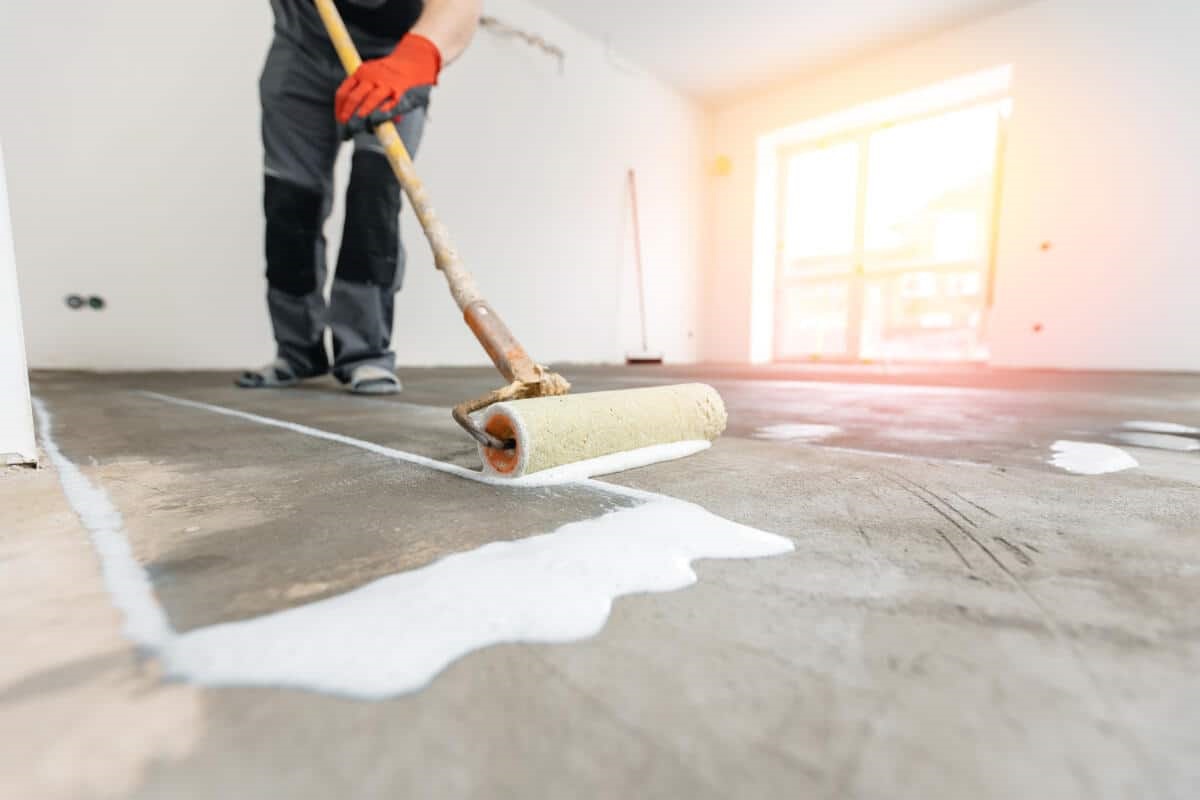
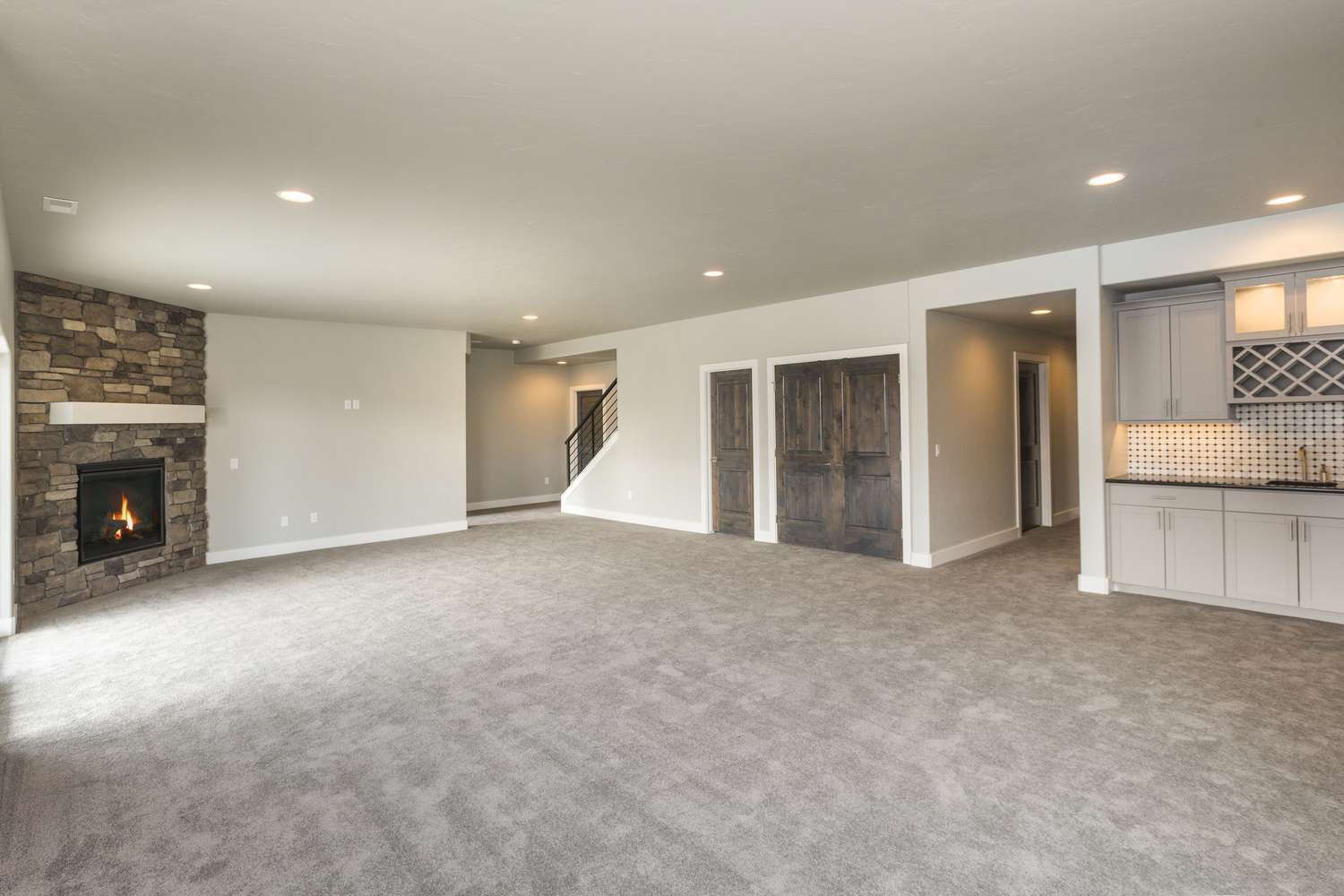
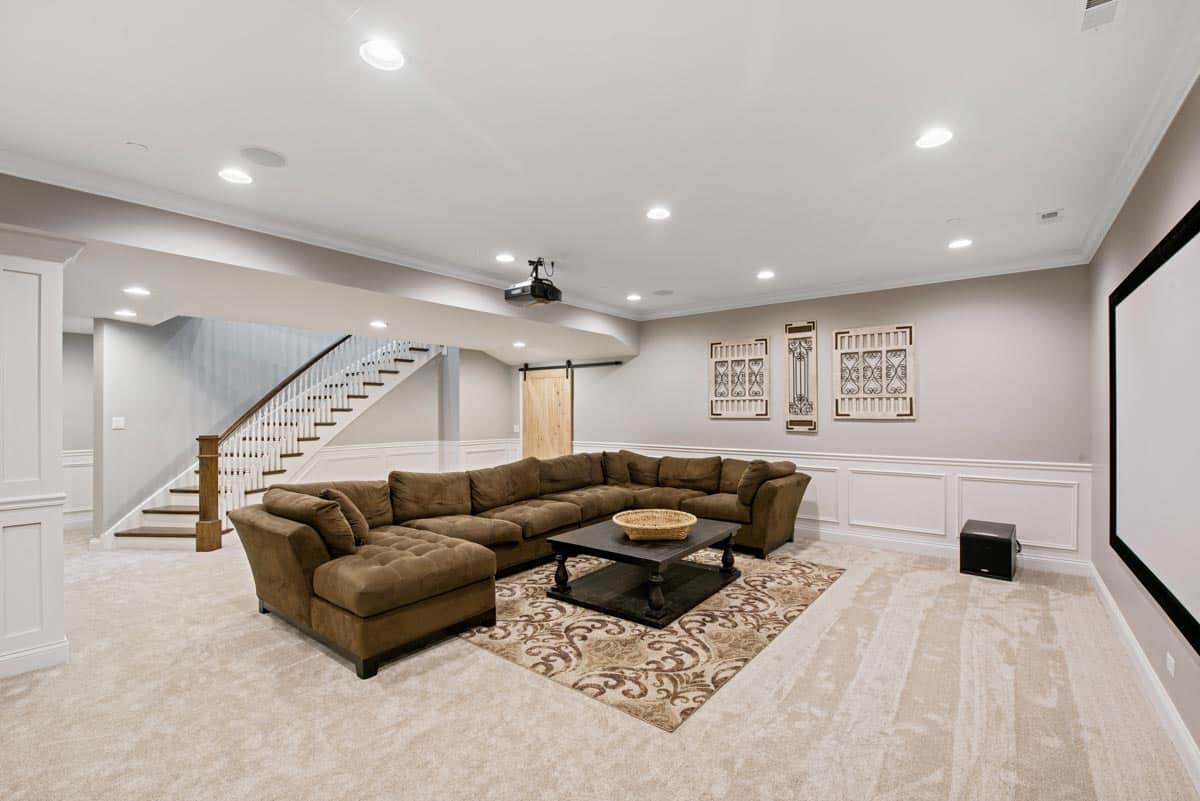
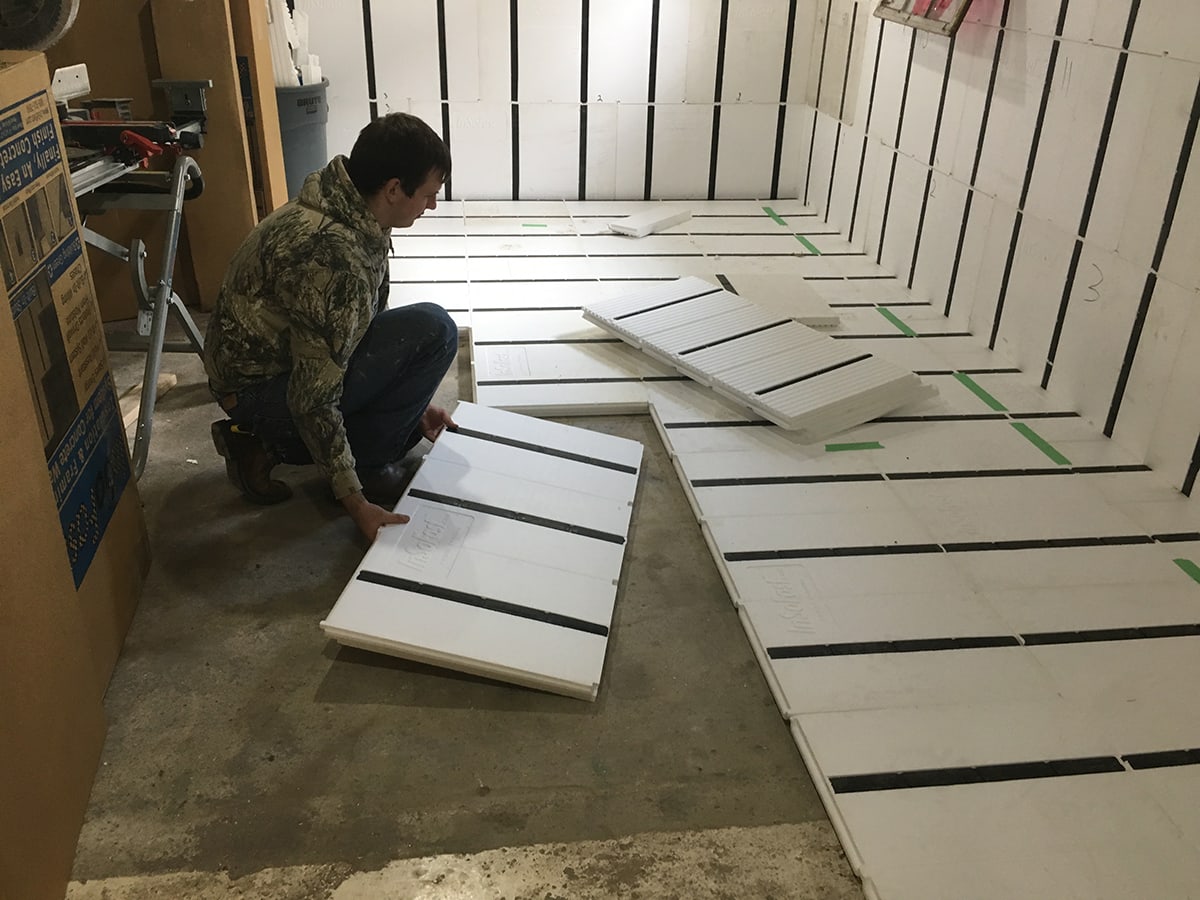
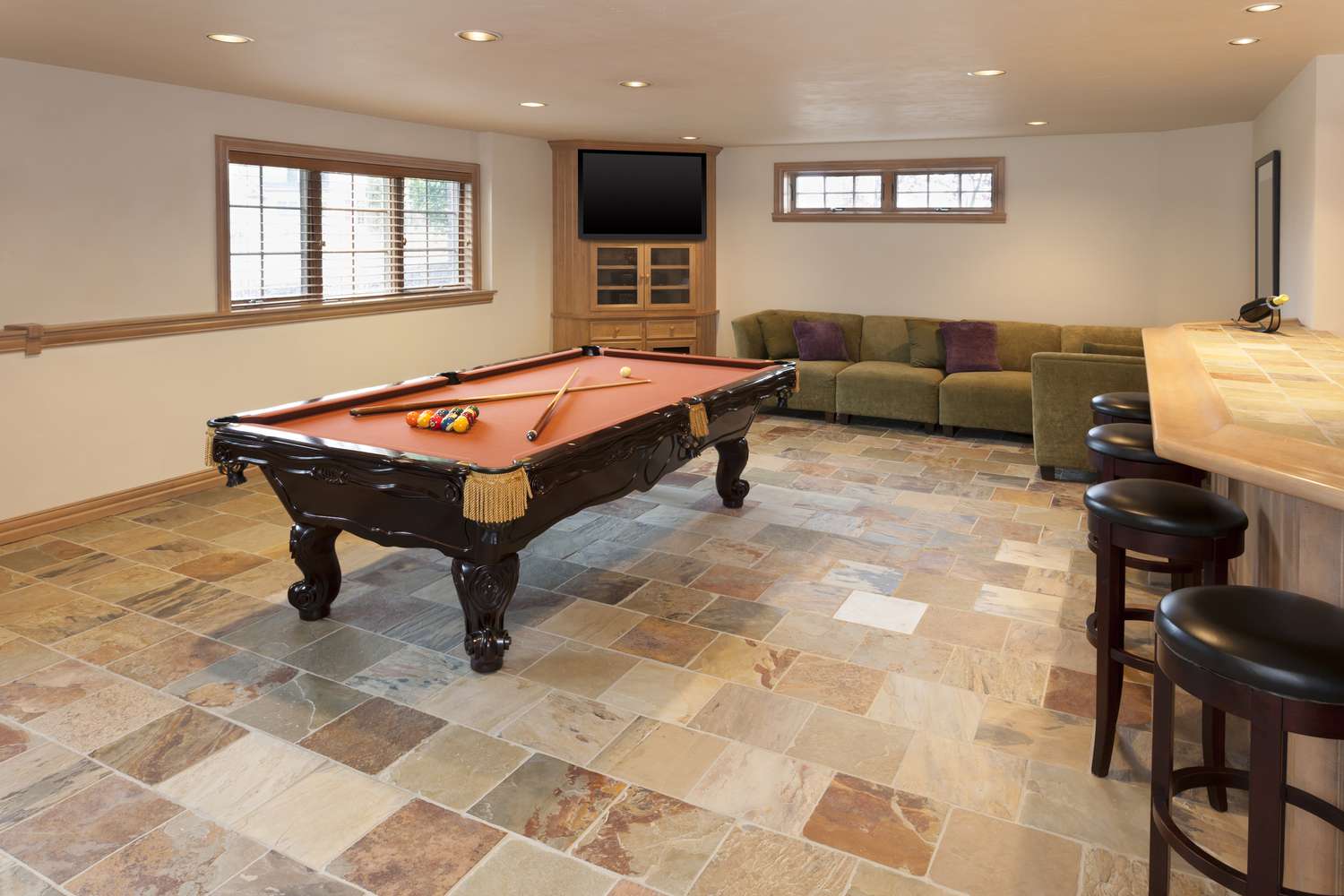
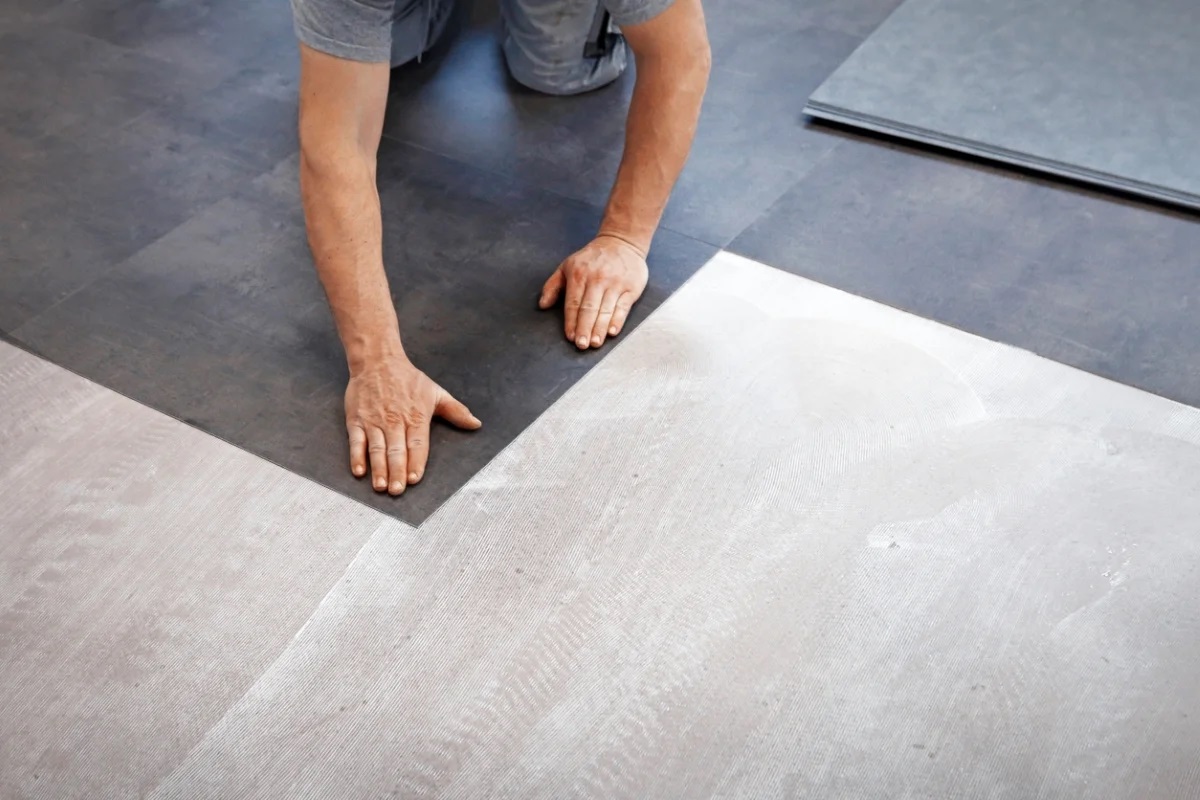

0 thoughts on “Basement Gym Flooring Options for Durable Exercise Surfaces”